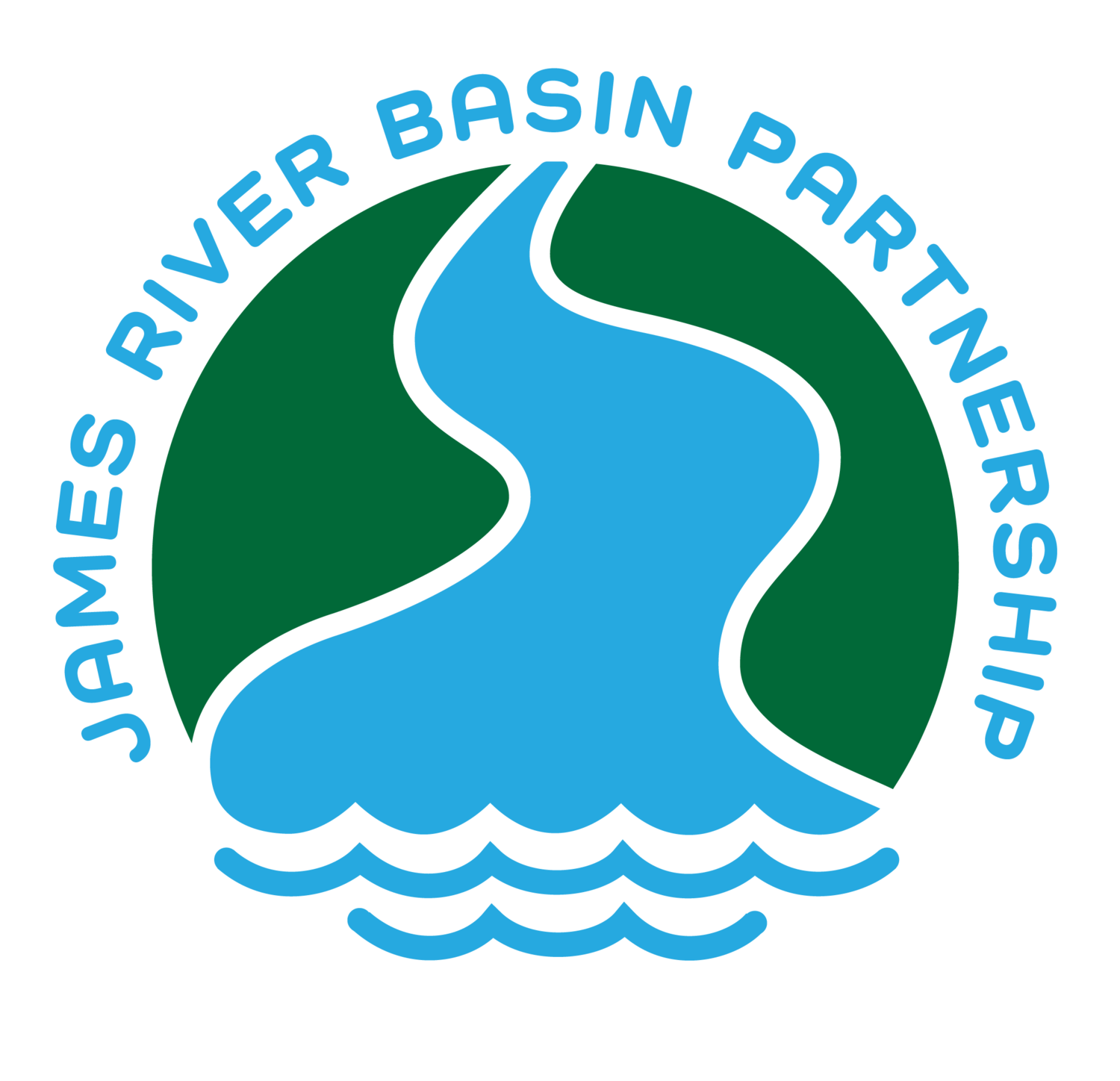I’m sure many of you have heard the saying, “Think Globally, Act Locally”, especially when applied to conservation efforts. We tend to see issues on a large scale. We feel that we need large solutions to large problems, such as water pollution, single-use plastics, etc. This can make the task at hand seem almost impossible at times. But as the saying reminds us, the solution really is not one large effort, but many small ones. It’s similar to the wizard Gandalf’s comments to the hobbit Bilbo Baggins, “it is the small everyday deeds of ordinary folk” that are the most powerful.
Many of us are now are spending more time than ever in our homes with our families. Yard work, household chores and fix-it projects of all kinds are ways to feel useful in what can be uncertain times. It’s also a good time to re-familiarize ourselves with how interconnected we are with each other and with our local streams, rivers and lakes.
It’s good to remember that your home and the storm drains on your street are a part of your local watershed. Whatever ends up on a yard (grass clippings, animal waste) or the street (motor oil leaking from cars, litter of all kinds) may eventually end up in our storm drains and our streams.
What is a watershed? Simply put, it’s an area of land that funnels precipitation to creeks, streams and rivers, and eventually to reservoirs (like Table Rock Lake) and eventually the ocean. Many small watersheds make up larger drainage areas called “basins”, like the James River basin. In fact, everyone on Earth lives in a watershed.
No doubt many of us can recite our home or business address with little to no thought. Yet how many of us know our “watershed address”? To give you an example, my “watershed address” from where I sit in my living room is South Creek, Wilson’s Creek, James River, Table Rock Lake/White River, Mississippi River, and finally the Gulf of Mexico. A common saying in the conservation world is “connect with what you protect”, and the idea of a watershed address does just that – it makes our individual watersheds more personal.
Springfield sits on a watershed divide. Most of the city is in the James River watershed, however, folks living north of Kearney Street and a majority of northern Greene County lie in the Sac River watershed. The James and its tributaries flow south, part of the upper White River watershed. The Sac flows north to Stockton Lake and eventually to the Missouri River. While a majority of Springfield’s drinking water comes from Stockton, Fellows and McDaniel Lakes, a portion of it does come from the James. And while most of our drinking water comes from the Sac River watershed, a large portion of our waste water ends up in the James River watershed. Whether we live in the Sac or James River watershed, our water will eventually make its way into the Gulf of Mexico, even though both rivers take dramatically different routes!
Lately, my son and I have been taking almost daily walks along the South Creek Greenway Trail. As we walk, we notice all of the trash, and debris along the banks of the creek. Now we’re even beginning to see face masks and rubber gloves turn up in the drains and along our streams. Although it might seem like a stretch, all of those things that mar the beauty of “our” stream could also eventually end up in the ocean. We’ve all seen images of the large garbage patches that plague our world’s oceans. All of those pieces of trash had to come from somewhere. Imagine if everyone committed to filling up a small trash bag during one of their weekly walks. What a difference we could make!
So besides picking up trash what else can we do? JRBP offers several rebates and programs to help homeowners reduce the harmful effects of nutrient runoff and soil erosion, and ultimately, to keep our Ozarks streams flowing free and clean on their trek to the Gulf.
At the beginning of this piece I paraphrased the movie “The Hobbit” and Gandalf’s mantra that the “small everyday deeds” of all of us can make a difference. When I take my daily walk along South Creek, I am reminded of another quote from Bilbo in the book “The Fellowship of the Ring” where Bilbo describes his cousin Frodo as “still in love with the Shire, with woods and fields and little rivers.” Especially during these uncertain times our own watershed address, be it the James, the Sac or one of many Ozarks creeks and streams, is our Shire of sorts, and our woods, fields and little rivers are maintained by the deeds of kindness and love for our local waters.
We’ll see you on the river.
Todd



